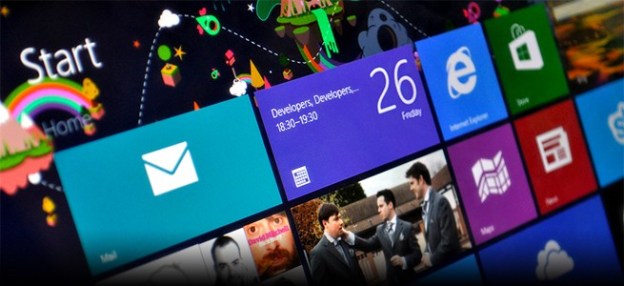
If you’ve considered getting Windows 8, it’s time to make up your mind and purchase that upgrade stat. A huge price increase is upon us. When the new operating system was launched towards the end of October, Microsoft sold Window 8 Pro upgrades for $40 a pop. That price is astoundingly lower than any previous Windows upgrade, but it won’t last long. The $40 Windows 8 offer is a special introductory price valid only until January 31, 2013. Permanent prices will be in effect starting February 1, and you’ll have to pony up significantly more money to get the new OS.
According to Microsoft Communications Manager Brandon LeBlanc, after January 31, a Windows 8 pro upgrade will cost you $200 ($160 more than it will cost you now), while a basic Windows 8 upgrade will cost $12o. A Windows 8 Pro Pack, which you can use to upgrade to Windows 8 Pro if you have the basic version, will cost $100 – $30 more than its current price.
Finally, the Windows 8 Media Center Pack, which is currently free, will be sold for $10 per copy. Once the new prices are in effect, we expect Windows 8 sales reports to be vastly different from current W8 reports that supposedly credit decent adoption rates to system upgrades instead of new computer sales.
The good news is that if you bought a Windows 7 computer on or after June 2, 2012, or plan to buy one by January 31, you can still upgrade your operating system to Windows 8 Pro for only $15 until February 28. Do you plan to upgrade to Windows 8 before the end of the month?
Editors' Recommendations
- How to remove a Microsoft account from Windows 11
- Windows 10 Home vs. Pro vs. S mode: What’s the difference?
- Microsoft Surface Pro 9 vs. Dell XPS 13 2-in-1
- The Windows 11 2022 update is what we should have seen from the start
- Surface Pro 9: What to expect from Microsoft’s next 2-in-1


